Articles

Indiana Jones and the Temple of Doom 35th Anniversary Review "You will become...a true believer!"
Before I go on the offensive, it ought be acknowledged that not all of Temple of Doom qualifies as controversial. The film’s loudest naysayers will concede that the sequel features some of the series’ best set pieces. The first twenty minutes are non-stop, and after the relative breather of the journey to and arrival at Pankot Palace (the chain-lift on a rollercoaster), the movie giddily plunges into one of the most deliriously careening second hours that can be cited.
As a standalone, the spike room sequence is the quintessential Indy escape scenario, and the heart-ripping discovery of the Thuggee cult – the movie's equivalent of the first film's opening of the ark scene, and the target of regrettable censorship in the UK – remains an indelible introduction for the series’ most intimidating villain. It is something of a tradition in Indy films for the sadistic villainy to be assumed by a henchman (Toht in Raiders, Colonel Vogel in Last Crusade) more so than the primary antagonist, but Amrish Puri’s Mola Ram, mastermind and muscle rolled into one formidable uber-villain, brings color as well as a genuinely menacing presence.
On the action front, the escape from Club Obi-wan, the rock crusher sequence, the mine cart chase and the rope bridge climax are genre all-timers, and also just look great despite effects that have aged poorly. (Such offenders amount only to a handful of shots, which at least have the charm of tactile fakery as opposed to that weightless digital smear of Crystal Skull.) A movie simply looking good ought to be a baseline that we can take for granted, but the modern trend toward sterile, predigested visuals sadly highlights how gorgeously shot Temple of Doom was.
Which brings us to arguably the most important contributor to the original trilogy besides Ford, Spielberg and Lucas themselves: Douglas Slocombe. If the lusterless Crystal Skull contributed anything of value to the series, it is renewed appreciation for just how pivotal the trilogy’s cinematographer was to the look and feel of Indiana Jones. With Temple, the veteran collaborator was perhaps presented with his greatest challenge of the three films, as the movie eschews a large amount of globe-trotting in deference to a storyline (here, Gunga Din serves the role of antecedent similar to the way David Lean and Humphrey Bogart’s most recognizable films bequeathed Raiders much of its texture) that keeps it underground for a significant extent of the runtime.
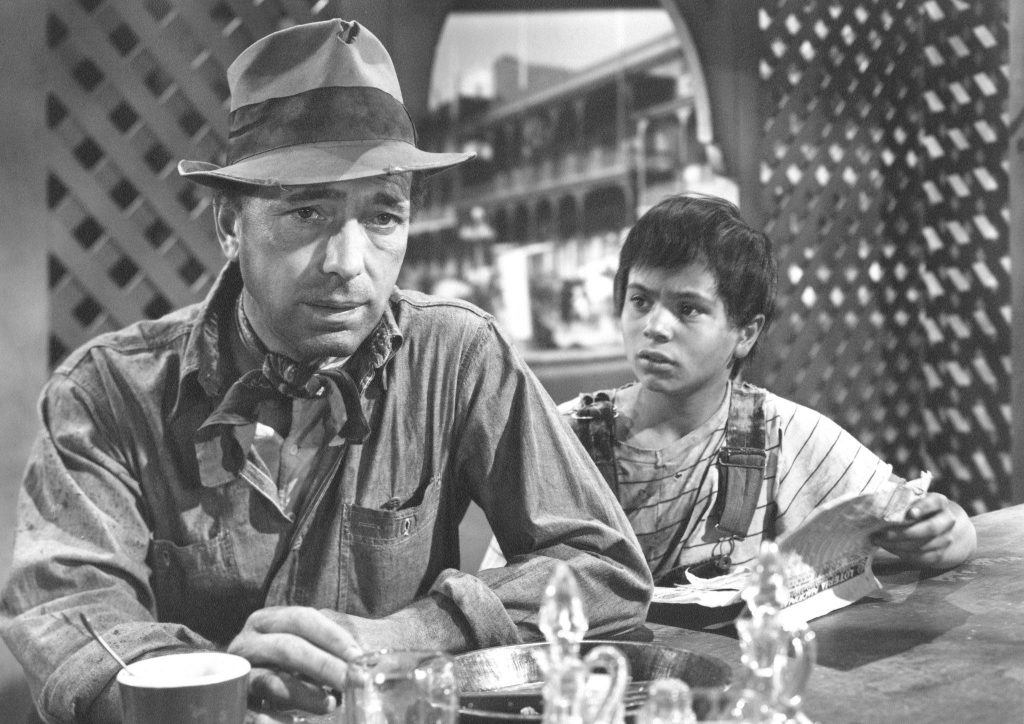
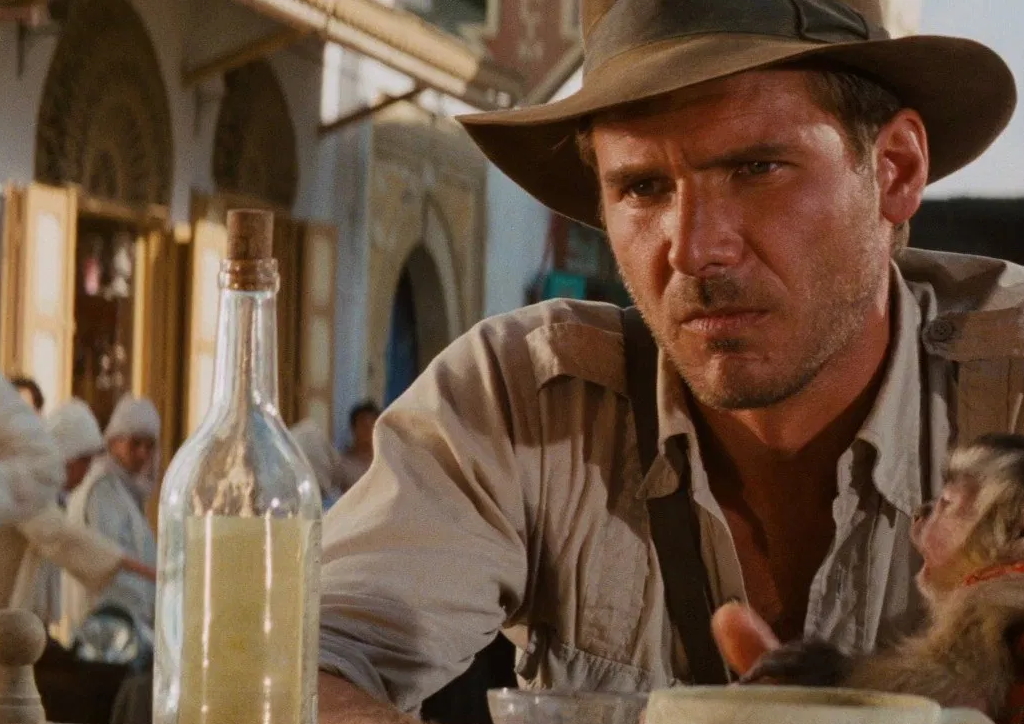
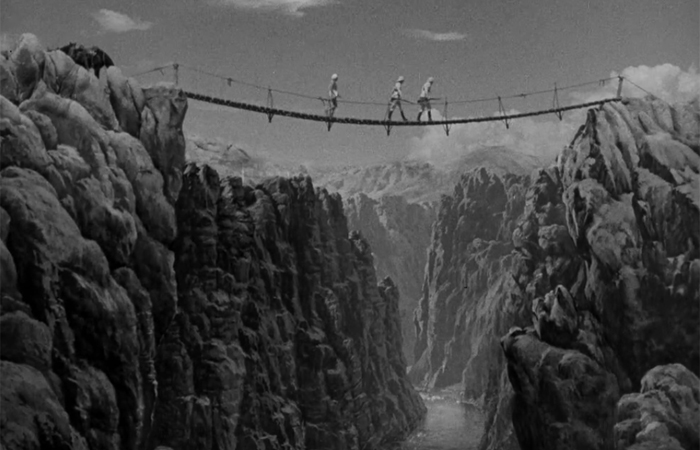
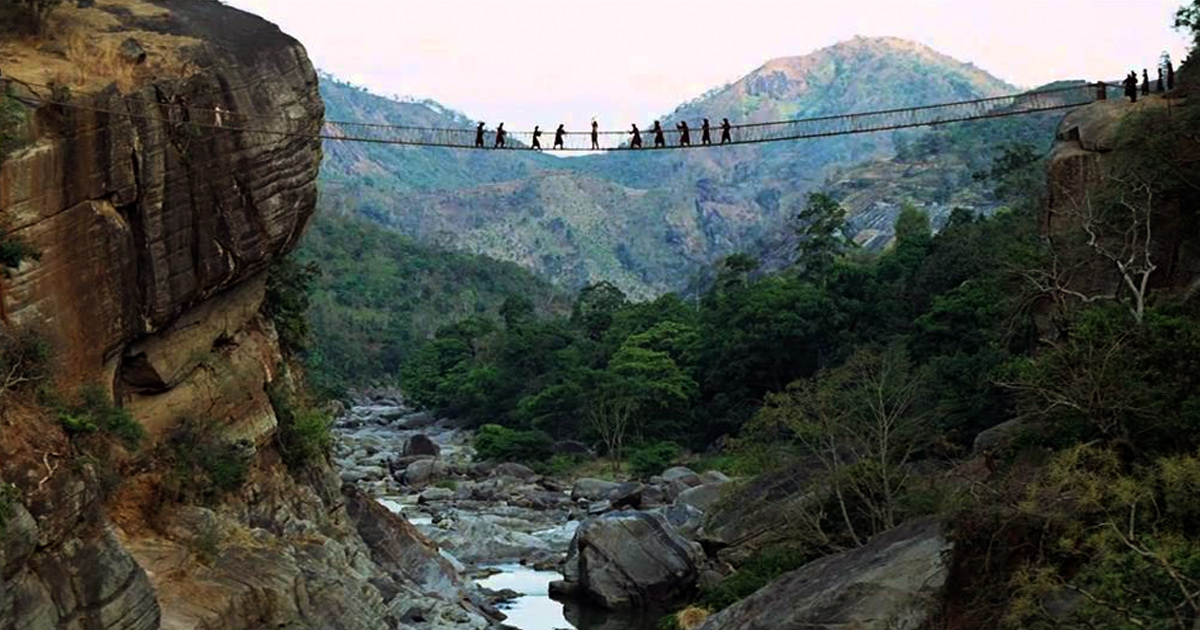
But with his masterful, dynamic lighting of the production’s enormously impressive, and anyway enormous, sets (the film's production design was led by the great Elliot Scott and enhanced by Dennis Muren's team of wizards at ILM, which won an Academy Award for their groundbreaking work on the picture), Slocombe succeeds in making what could have easily been a visually drab film into something consistently interesting, immersive and in sum probably the closest thing to comic book panels being transposed into live action that you could find decades before that agenda became an explicit and more than trendy pursuit. Indy’s initial purloining of the Sankara stones, in which his avaricious stare is heroically lit by the diamonds embedded in the holy rocks while John Williams' orchestra screams in hysterical accompaniment, is a prime example of how Temple showcases a team of craftsmen, in front and behind the camera, firing on all cylinders.
Williams’ work is not to be footnoted; the soundtrack is a remarkable asset to this sequel. For my money Spielberg’s most frequent collaborator delivers a score that surpasses even the celebrated soundtrack for Raiders of the Lost Ark. (I would argue that Williams pulled off the same improbable feat for Jaws 2 and The Lost World: Jurassic Park, even if I would not go to bat for those sequels in an overall sense the way I do for Temple of Doom). The themes for Short Round, the journey to Pankot and the palace itself are all instantly recognizable and manage to give the film a sweeping, even majestic character when it needs to.
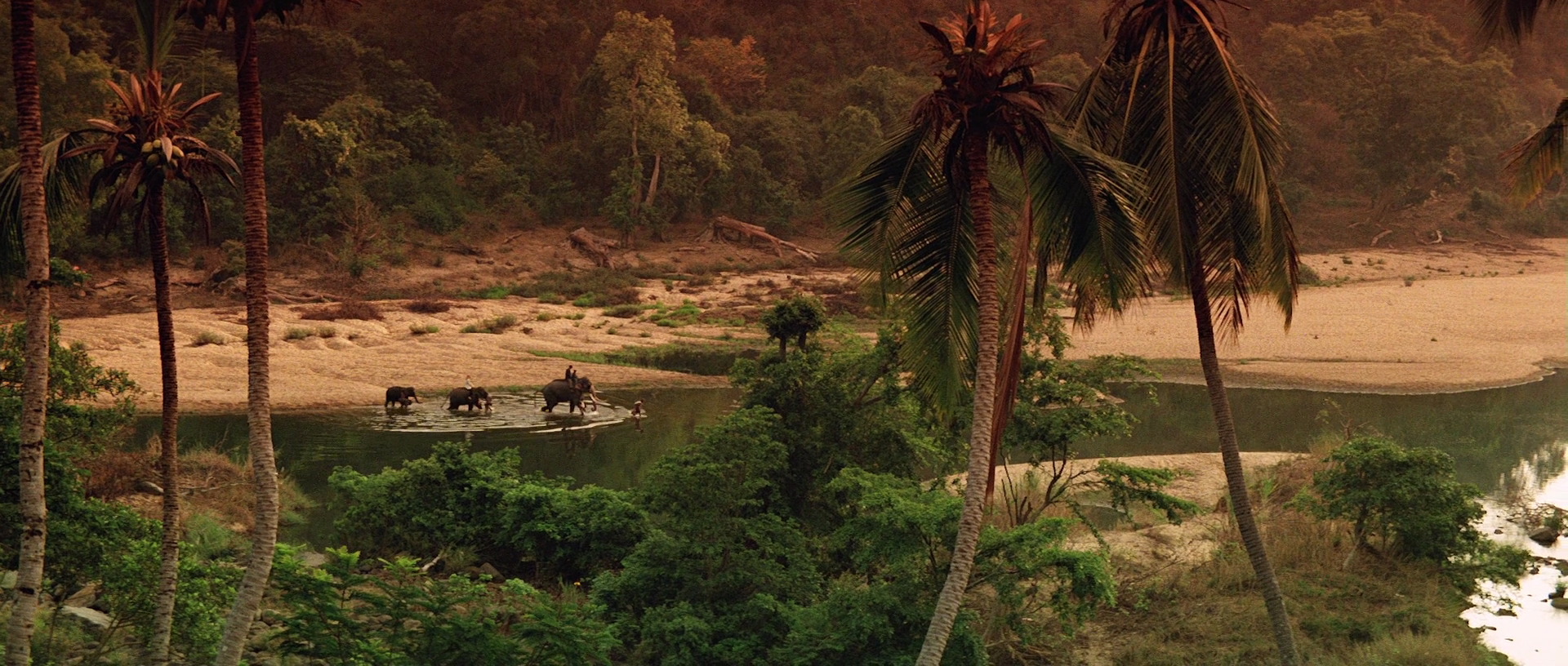
The trekking scenes are the most effective in this regard, and the best example of how, notwithstanding how stagebound and matte-reliant Temple can often be, Spielberg makes the location shooting count. Doubling for India, the Sri Lanka landscapes really sell us on a sense of place and lend the film some degree of grandeur before we descend into the catacombs. And of course, the tangible reality of that rope bridge would never have been equaled with the modern devices of plates and digital augmentation. Contrast this tangibility with Crystal Skull, which has a story that is on paper a comparable level of sprawling (perhaps more) as Temple, but in execution feels like a tour of Los Angeles soundstages and backlots, with naught one frame of principal photography being exposed in South America. This sense of scopelessness is hardly alleviated by an unpleasantly artificial sheen the movie sports in general, condemning even the genuine location footage to look like something generated off a hard drive. I’ll cut that complaint short, though, since I’ve flogged it at length elsewhere.
The surface attractiveness of Temple extends to its primary visual: its star. It’s objectively true that the sequel features Harrison Ford in peak physical condition, doubtless to accommodate the fact that the script calls for Indy to be shirtless for so much of its runtime. I find it hilarious that the movie even bothers with a throwaway justification (“Shorty, where’s my razor?”) for keeping that rugged leading man stubble on Indy’s face for the duration of the adventure. Temple is loaded with iconic images of its titular hero; that push in on Indy as he fixes to punch the slaver’s lights out or the visual of a beat-up Indy (who really does look like he’s endured all the hell we’ve seen him go through leading up to this point) holding the machete on the rope bridge are the go-to Indy images in my mind, every bit the equal of his outrunning the boulder.
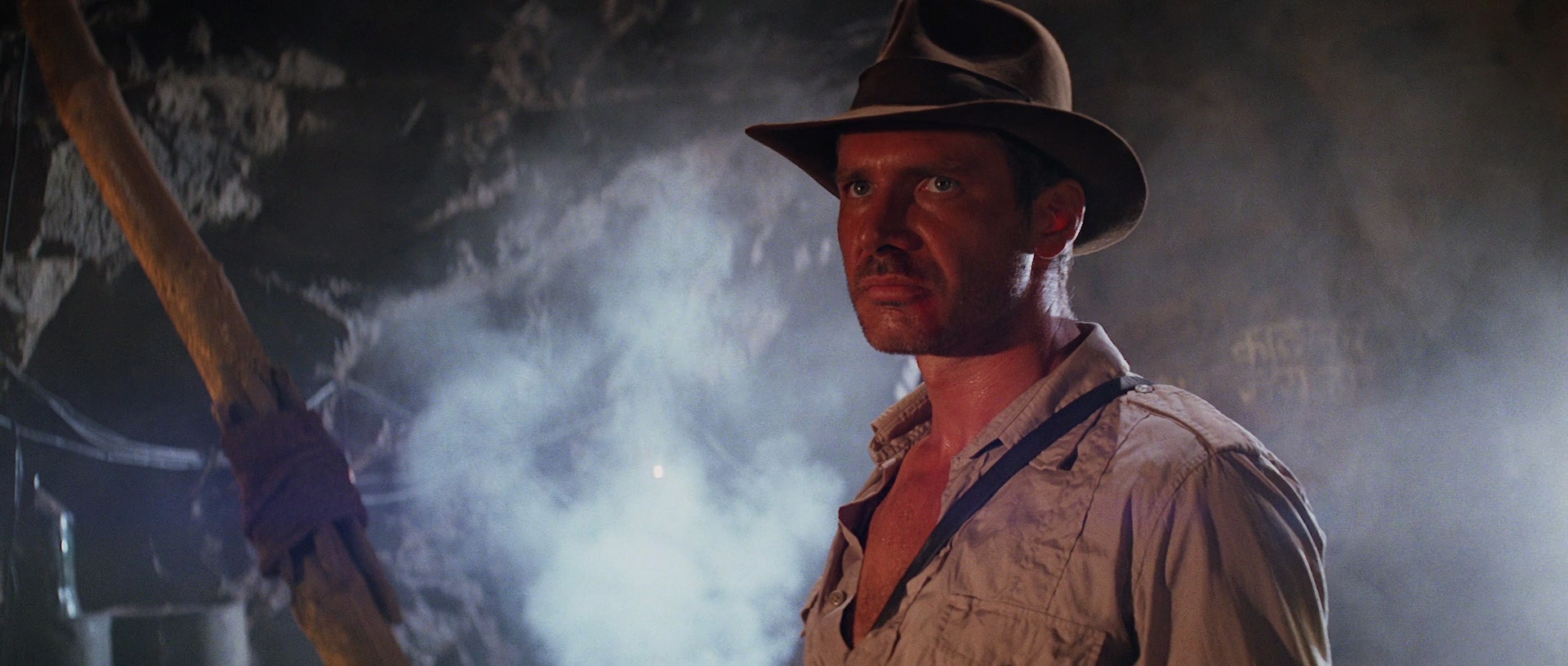
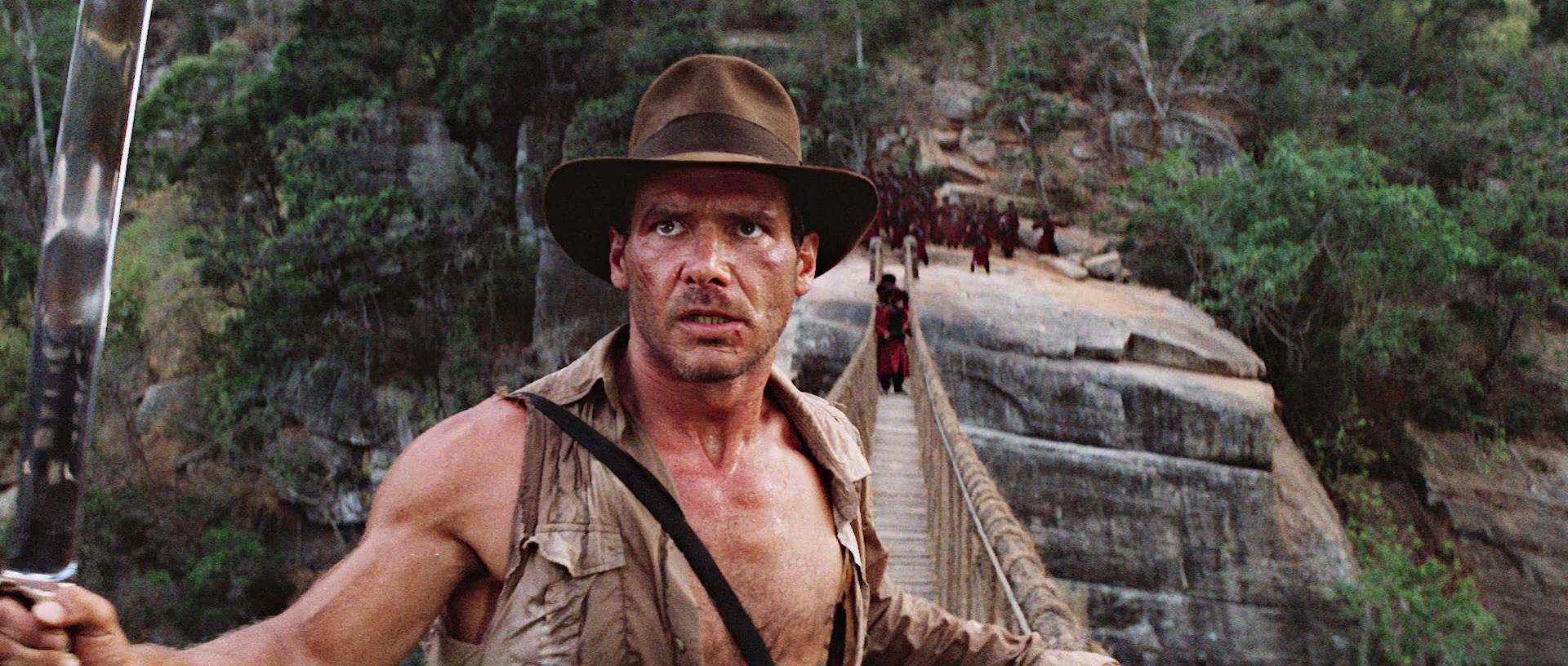
So, okay, I’m playing with a stacked deck to go on about how the director, his crew and his leading actor are in top form here, as there are scant few who would disagree. It is when we come to Indy’s sidekicks when opinion becomes less unanimous. Short Round and Willie Scott are reliable targets for criticism of Temple of Doom, but in my mind both have gotten a raw deal both as individuals and as instruments in the film’s three-piece ensemble.
Indy’s hapless companions in his dalliance with the Thuggee cult are demonstrations of how execution can subjugate concept. It is fair to say that in conception Shorty is an obvious, even cynical attempt at appealing to the kid demographic, and his scenes surely represent the movie at its most treacly and simpering (it’s a Spielberg film, after all), but this should not cloud the fact that the character also just works. There’s real chemistry between Ke Huy Quan and Ford in the scene where their characters play dishonest poker, and the pathos when he recovers Indy from zombiedom is authentic. In my experience, Shorty’s lines seem to be the most quoted, and the desperation with which I’ve noted people sometimes try to filter their affection for the character through irony only reinforces in my mind how genuine it is. Surely, Short Round is a more likable and believable son for Indy than the biological issue the fourth film assigned him pro forma rather than because anyone particularly wanted to see it.
But Shorty has gotten off easy compared to Indy’s love interest in Temple of Doom. Willie Scott is dismissed as a one-dimensional scream queen so easily that it’s practically become reflex, but the ignorance of this complaint is twofold. First of all, it’s nakedly obvious that she is primarily a comic creation, a riff on the spoiled showgirl caricature, and I think Kate Capshaw rises to the occasion with aplomb, showcasing excellent instincts in the process. Unfairly distilled to her decibels, the panicky Willie is often compared unfavorably to the spunky Marion Ravenwood, but I’ve never seen a convincing argument that Marion has any more depth – in fact, Willie has a more recognizable arc than Maron does. What it seems to come down to is what archetype caters to your tastes more, because the spitfire old flame is surely no less of a cliché than the entitled starlet.
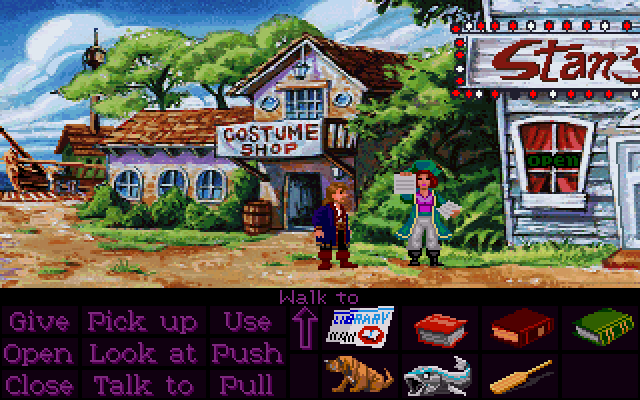
And while I don’t want to defend Willie by attacking Marion, let the record show that Marion gets kidnapped more frequently than Willie ever does. And anyway, Willie is given a hell of a lot worth screaming about in Temple of Doom. Marion’s shriek when she stumbles into that E.C. Comics mummy alcove in the Well of Souls is every bit as eardrum-rupturing as any of Willie’s outbursts; how would she have handled a slow descent into the crater of a volcano? Willie is comic relief and romantic foil both, and she throws some of the film’s most formidable punches. She may not be the most progressive character to flow from a screenwriter’s pen, but anyone looking to find fault Indiana Jones on that score is signing up for a full-time job, at least if they’re on a first name basis with sincerity.

Willie is also our chaperone into the film after the obligatory Paramount dissolve, a gag which in this instance transitions the mountain logo into the etched designs on a giant gong -- and future set piece accessory. The glitzy dance number that opens Temple of Doom is an unusual choice and therefore a great tone setter, establishing the film’s audaciousness of spirit from frame one. It also may be an excuse to scratch an itch -- Spielberg is said to be a frustrated musical director, and as I type this he is editing his long-gestating remake of West Side Story while pathologically failing to find a script for a fifth Indy.
Harrison Ford: 77 years old
Michael Kahn: 86 years old
John Williams: 87 years old
David Koepp: “We're still trying.”Even Temple’s brassy use of the newly minted Indiana Jones logotype, a marketing creation which otherwise never appears within the films themselves (the other sequels considering it more courtly to simply Xerox the font used for the Raiders credits), complete with a show-offy foreground/background effect, is a kind of statement: Subtlety is not the order of the day here, and there will be no apologies for it. Dan Akroyd’s cameo, which doesn’t seem to have a corresponding example in any of the other installments, might also be seen in the light of the movie’s “everything but the kitchen sink” ethos.
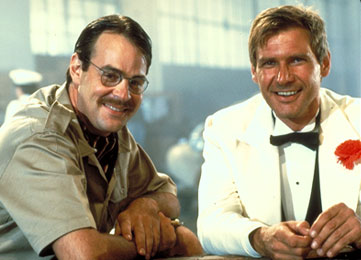
I hasten to add that for all its blunt force enthusiasm the movie isn’t incapable of finding time for wit (“It was my...misunderstanding”), a small character moment, or a long-term play. The Raiders callback toward the end when Indy meets up with a swordsman (complete with acknowledgment from the score) is cute, but it’s also the payoff to a joke that was set up ninety minutes prior, when Willie loses Indy’s revolver in the prologue’s Shang Hai car chase. As it serves dual purposes, it is the most seamless in-joke of its sort that I can think of, which is why it’s so baffling that Joss Whedon singled it out as some epitomic example of sequelitis, or whatever the hell point he was trying to raise there.
